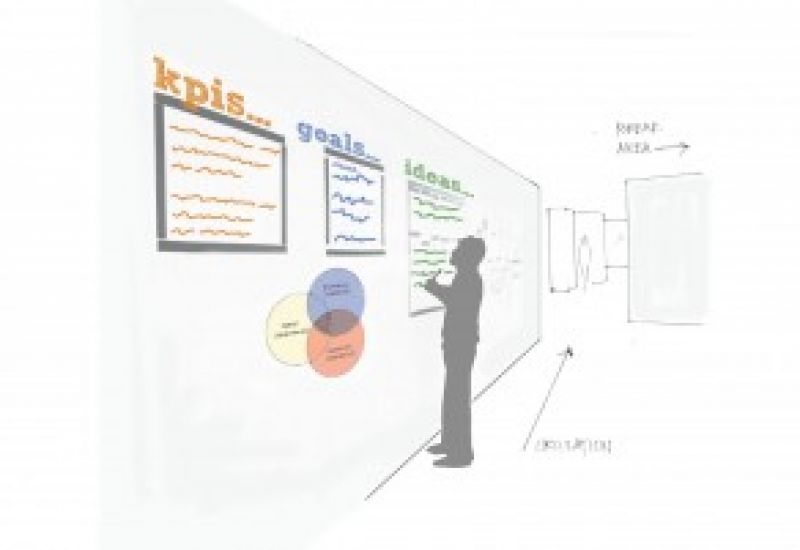Increase Motivation for Learning and Innovation

Information is freely accessible in the workplace today, but the ability to share knowledge, reflect and learn from the experience of peers is far more important in order to motivate, innovate and be more productive. Such behaviour patterns are enhanced by the way we bring together workspace, technology and people.
Read ahead for workplace design solutions to increase motivation for learning in the workplace!
Information is freely accessible in the workplace today, but the ability to share knowledge, reflect and learn from the experience of peers is far more important in order to motivate, innovate and be more productive. Such behaviour patterns are enhanced by the way we bring together workspace, technology and people.
As more and more companies embrace technology and mobility, and as the new generation of employee brings with them a new set of expectations it is now even more important to create a workspace to support and encourage learning and innovation which occurs naturally by physically being in the workplace. We have gathered some tips on how design solutions can help achieve this.
Create environments that inspire learning appropriate to corporate culture:
- Design areas within the workplace to display work processes and outcomes to assist in knowledge transfer across groups and encourage discussion.
- Consider space as a tool for reward and recognition. Develop interesting and innovative ways to feature successful project or product outcomes within both the public and private spaces.
- Create informative and inspiring circulation routes which share and communicate ideas.
- Provide rooms for solitude needed to help us learn through focus and contemplation.
- Create sneak peeks into group areas to foster curiosity and investigation.
Promote learning as a social and experiential activity
- Create social buzz spots appropriate for the culture around the organisations shared amenity spaces.
- Make experts and their resources accessible and visible. Consider glass office fronts and provide a space in close proximity to allow for serendipitous and informal mentoring.
- Consider space as a tool for reward and recognition.
- Provide interaction learning through visual, auditory, and tactile sensory stimulation. For example; Tangible connection to work through sketching, handwriting and conceptualising..
- Balance the work/play equation and create opportunities for leisure and play appropriate to the organisational culture. Organisations which value creative thinking may benefit by developing a playful culture and workplace environment to encourage people to take the risks necessary for innovative thinking.
Foster group learning
- Create private group spaces for experimentation, trial and error that protect the group in its learning state.
- Encourage the sharing of both positive and negative past learning experiences across groups.
- Provide an information structure to allow for sharing across team.
- Make training and mentoring a priority to extablish "generational intelligence" in the workplace. Consider minimizing physical separation between group members to increase knowledge transfer and help close the skill gap between generations.


